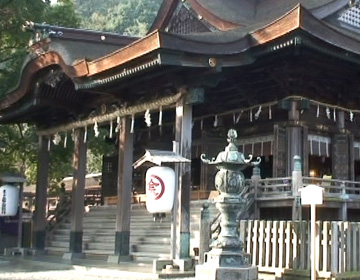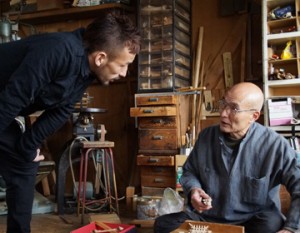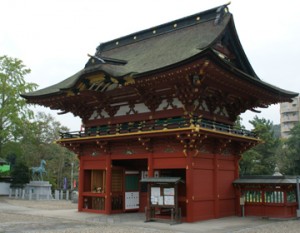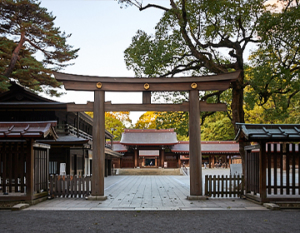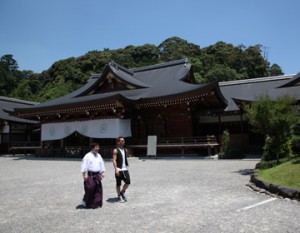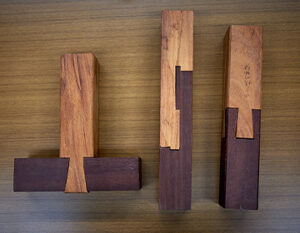The famous onsen for healing injuries
In Edo Period, traveling was restricted for common people. However, they were allowed to go on pilgrimages to pray at remote temples or shrines. As a result, many people visited shrines and temples.
The visit to Ise Grand Shrine in Mie was the most popular. The second most popular destination for commoners was Kotohiragu in Kagawa. Kotohiragu is also known as Konpirasan, and is situated halfway up Mt. Zozu. It is the head shrine of Kotohira shrines and Konpira shrines across Japan. Kotohiragu has been a popular tourist site since the middle of Edo Period, with 4,000,000 visitors a year.
A flight of stone stairs symbolizing Kotohiragu
One of the characteristics of the shrine is the approach comprised of a flight of stone stairs: 785 steps to the main shrine and in total, 1368 steps to the rear shrine. As you begin your ascent, you will find quaint buildings such as doll shops, souvenir shops selling Sanuki Daruma, and inns on both sides of the approach. These shops and inns have attracted visitors for many years.
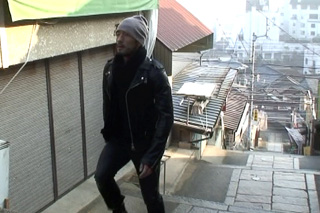
785 steps to the main shrine for a total of 1368 steps to the rear shrine
Once passed the street of shops, you will see the historic buildings and stone monuments such as Tomyodo that is an important tangible folk-cultural property, the drum tower built in 1710, and the monument with the haiku by Issa Kobayashi engraved on it.
The climb up 785 steps, or 1368 steps if you go to the rear shrine, is very difficult. But, there is a sense of accomplishment when you reach the main shrine with its observation deck where you can see the Great Seto Bridge and Sanuki Fuji (Mt. I’ino) beyond the Sanuki Plain.
Enjoy all 1368 steps, finding pleasure in the landscape between the main shrine and the rear shrine, a harmony of the old and new.




